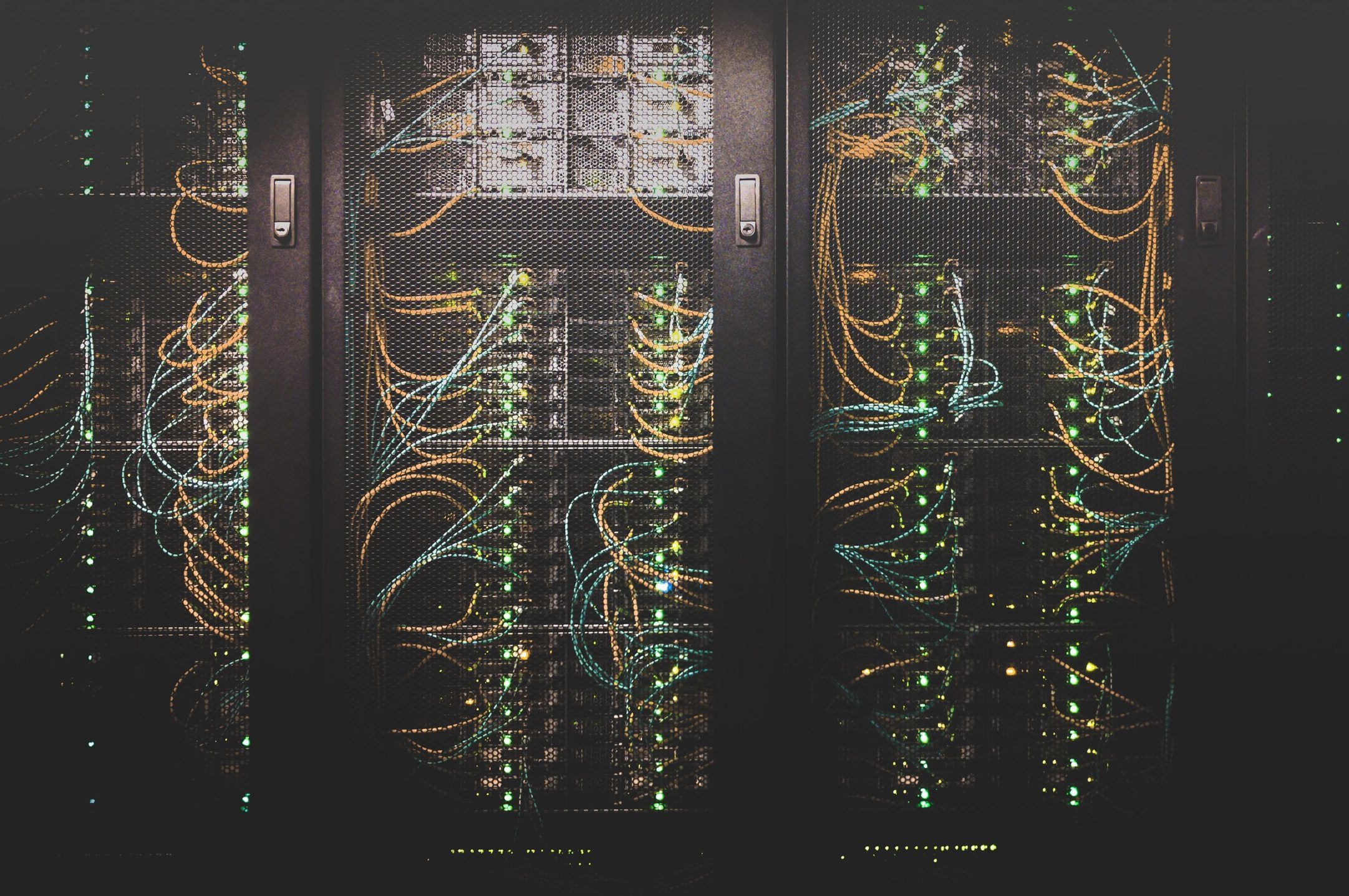9/26/2022
Note from the Editor-In-Chief: This article was written on September 23rd. The story will likely continue to evolve in the coming days and weeks. VCE will continue to update readers as new information is made available to the public.
Events that transpired in the third week of September hoisted the people of Iran into massive protests. 22-year-old Mahsa Amini was visiting family in the Iranian capital, Tehran, when she was detained by the Gasht-e Ershad. These religious law enforcement officers, often referred to as “morality police”, arrested Amini for allegedly wearing her hijab too loosely over her hair. Shortly after being taken into custody, Amini was admitted, unresponsive, to the hospital. Eyewitness and hospital reports state that Amini had suffered multiple injuries including head trauma. She died three days later.
Internet and social media consumption is often described as a negative habit, but despite their possible pitfalls, the pair have an undeniable ability to mobilize and unite people. Within hours of Amini’s tragic death, the news of her treatment sparked anti-government protests that have spread to 80 cities and towns across Iran. Los Angeles, home to the largest Iranian community outside of Iran, as well as people in cities throughout the U.S., Canada, and Europe, have also taken to the streets in solidarity with the Iranian people. Images and detailed accounts of Iranian protests are permeating the internet and spreading across the globe. The internet has become a device on which our basic human rights depend.
The sheer reach of social media platforms is not seen as beneficial by everyone, however. The Iranian government has a history of restricting internet access. Iranian protests in 2019 were met with bans on specific social media apps and a week-long internet shutdown nationwide. Over this last week of protests, intermittent nationwide internet disruptions have been reported. Several social media apps have long been banned in Iran, making recent Instagram and WhatsApp outages even more significant.
In response to the attempts to disconnect Iran from the rest of the world, the United States has authorized tech companies to step in. The Treasury Department gave American tech firms the green light to expand their business in Iran, a move which will help to offset the Iranian government’s surveillance. Firms have been authorized to offer more social media and collaboration platforms, video conferencing, and cloud-based services. Though these services will help Iranians work around state surveillance and censorship, they cannot prevent government-imposed internet outages. But perhaps that will change.
Elon Musk has spoken up about his desire to assist via Starlink, a satellite internet constellation operated by his company, SpaceX. When internet outages greatly affected Ukraine at the onslaught of the Russian invasion earlier this year, Musk was quick to activate Starlink service in Ukraine. The Treasury Department’s tech authorization in Iran could mean Starlink may be able to expand its services there, though getting necessary hardware on the ground could prove to be an additional obstacle.
So much of what we collectively experience as a society would not be possible without countless servers and access points. As discussed in a previous article, the internet has evolved into a human right. Our ability to connect our lives to the world around us gives us both a sense of solidarity and an awareness of the rights that we deserve. It seems that as technology continues to advance, so too does the responsibility that it bears.

